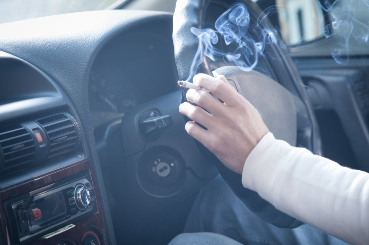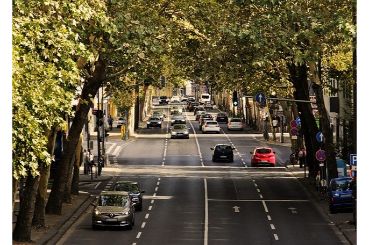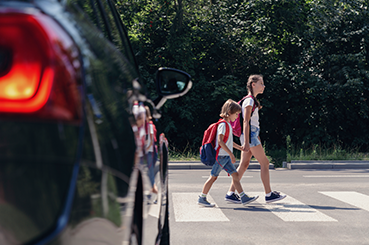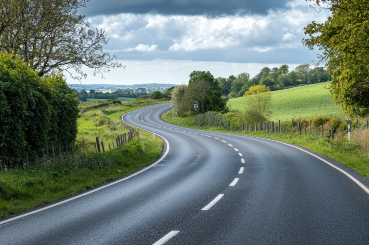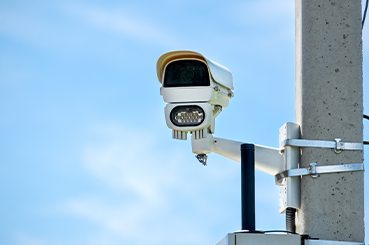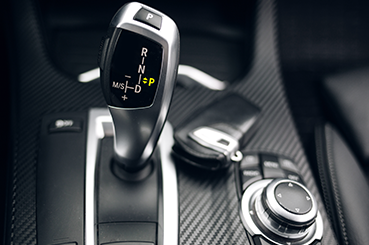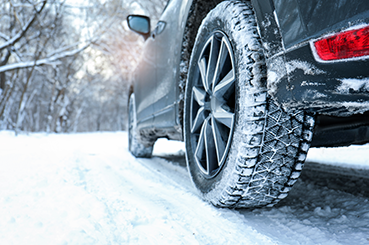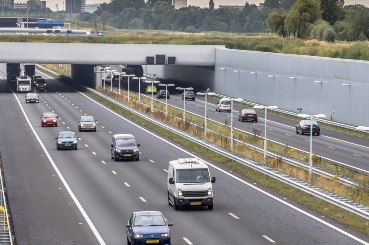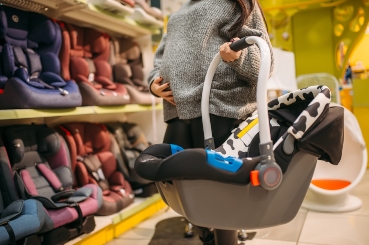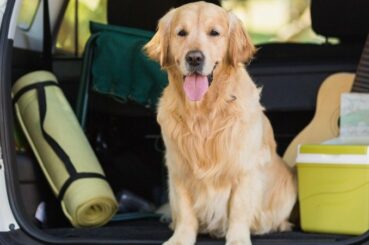If you’re planning to tow with your car, it is important to understand what impact weight has on towing. The problem is there are so many ‘weights’ to consider, from the weight of your car to the weight of your trailer and everything in between, so if you’re new to towing it can seem a little overwhelming. Our guide aims to help you get to grips with the different aspects of towing weights in order for you to confidently work out your towing capacity. To get things started, we take a look at some towing vocabulary you should familiarise yourself with.
Towing Vocabulary
- Towing Capacity – the maximum legal weight you can tow
- Payload – the maximum weight the car or the load bed can carry
- Kerb weight – the weight of car minus any passengers or luggage
- Laden weight – the combined weight of vehicle or trailer when fully equipped for use
- Outfit matching – the process of keeping your trailer weight within a safe percentage of your car’s kerb weight
- Maximum authorised mass (MAM) – the maximum weight of a vehicle or trailer including the maximum load that can be carried safely, also known as Maximum Technically Permitted Laden Mass (MTPLM)
- Nose weight – the weight of the trailer which pushes down on the tow bar
- Outfit – a trailer, caravan, horsebox, boat carrier etc
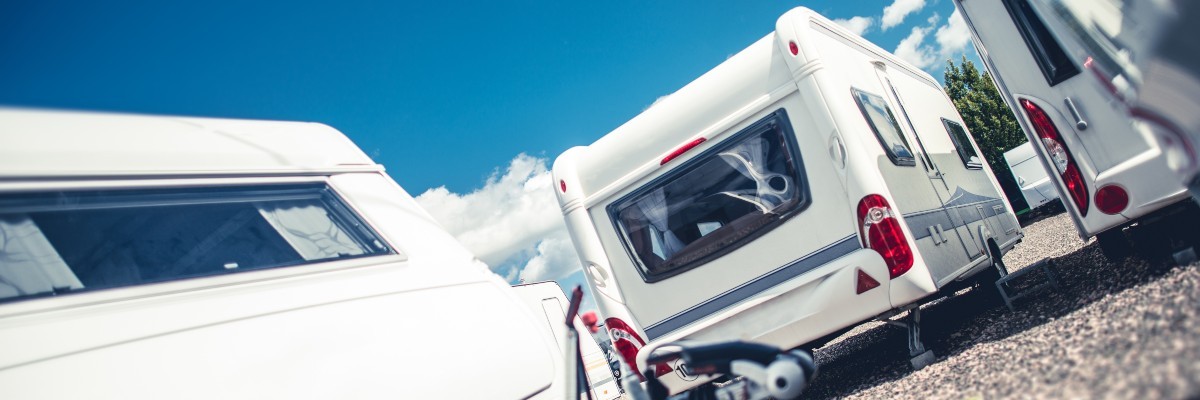
Towing Capacity
So now you are more familiar with some common towing vocabulary, it’s time to get to the nitty-gritty of towing capacity.
Put simply the towing capacity is the maximum legal weight a car can tow. This can vary widely from car to car and between automatic and manual transmissions, which is why picking the right car is an important consideration.
You can usually find your car’s towing capacity in your car manual. Alternatively, you can find it on your VIN plate, which is usually located under the bonnet or inside the driver’s door.
However, towing capacity is just one of the aspects you need to consider before you hook up a trailer, so it’s important to look at other aspects too.
Maximum Authorised Mass (MAM)
Both your car and the outfit you plan to tow have a MAM, which is the maximum weight a vehicle or trailer can safely weigh when fully laden.
You must ensure that whatever you plan to tow doesn’t exceed either the trailer’s own MAM or the car’s maximum towing capacity. We’ve taken a look at some common things people may tow and ways in which you can then work out the MAM of a trailer:
Towing a horse trailer:
If you are planning to tow a horse trailer, you’ll need to know the weight of the horse/s the horse trailer will be carrying in order for you to work out if you are within the MAM of the trailer.
Towing a caravan:
You must check the laden weight of the caravan, which can be done using specialist towing scales to check the caravan overall weight. You should also make sure this weight is spread evenly across your caravan to help stabilise your towing experience.
Towing a trailer:
Like with a caravan, it is important to check the laden weight of the vehicle and spread the weight evenly across the trailer.
Nose Weight
When towing it is important to consider the maximum permissible trailer nose weight your tow bar can take. The Caravan Club advises that the nose weight should be around seven per cent of the overall laden weight of the trailer.
If the nose weight is too light, the outfit will become unstable and can cause the rear of the tow car to lift. If the nose weight is too heavy, the load on the tow ball may cause the front of the vehicle to lift, which can affect the steering. Both circumstances can lead to instability and increase the risk of a potentially serious accident occurring.
You can measure nose weight by putting the laden trailer’s jockey wheel on some household scales. If it is heavier than your tow bar can take, you should re-arrange your load to ensure that the weight is more evenly spread across the trailer. However, this doesn’t just mean plonking everything to the back of the trailer as this can cause too much weight in the rear and will result in unstable towing.

Outfit Matching
One of the most important considerations when towing is to outfit match. Many towing experts suggest that people new to towing should stick to the 85% outfit matching rule. This means keeping the fully laden weight of your trailer no heavier than 85% of the kerb weight of the tow car.
To calculate the 85% limit, you need to know the car’s kerb weight and the MAM of your outfit.
If the mass of your outfit is 85% or less of the car’s kerb weight the car should tow it with ease. However, if it is between 85-100%, you should only tow if you are an experienced tow driver. That’s because the heavier the trailer is compared to the kerb weight of the car, the more unstable it will be to tow.
The below table can be used as a quick guide for you when trying to outfit match:
| Kerb weight | |||||||||
| 1000 | 1200 | 1400 | 1600 | 1800 | 2000 | 2200 | 2400 | ||
| Percentage | 85% | 850 | 1020 | 1190 | 1360 | 1530 | 1700 | 1870 | 2040 |
| 90% | 900 | 1080 | 1260 | 1440 | 1620 | 1800 | 1980 | 2160 | |
| 95% | 950 | 1140 | 1330 | 1520 | 1710 | 1900 | 2090 | 2280 |
You should bear in mind, that the 85% outfit matching rule is just a guideline designed to help people new to novices and is not a legal requirement.
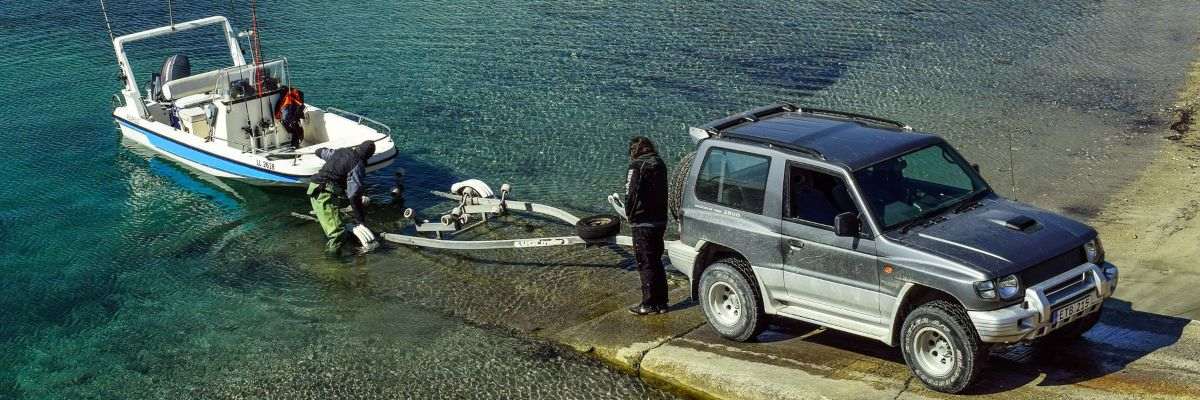
Important Things to Consider When Towing
Once you’ve got your head around what weight outfit you can legally tow, you should brush up your knowledge on other towing rules:
Speed Limit: When towing speed limits are reduced – on motorways the maximum speed is 60mph and on single carriageway roads 50mph is the maximum speed.
Max length & width of the trailer: The maximum length of the trailer you can tow is 7m and the maximum width is 2.55m.
Number plates: You must display the same number plate on your trailer as on your towing car.
Tow Bars: You must use a tow bar that is ‘type-approved’ (i.e. meets current EU regulations) and is designed to be used with your vehicle. ‘Type-approved’ tow bars have a label with an approval number and details of the vehicles the tow bar is approved for.
Trailer Mirrors: If the trailer you plan to tow is wider than your car, you must fit towing mirrors. You can be fined up to £1,000 and get three penalty points for towing without the correct mirrors fitted.
Trailer Brakes: A trailer must have a working brake if it weighs over 750kg when loaded. You should maintain the condition of the trailer brakes to ensure they are always in good working order. You must also use a breakaway cable or secondary coupling, in case the trailer becomes detached from the car during transit.
Trailer Lighting: A road-legal trailer must have two red sidelights, two red brake lights, amber indicators and a pair of red triangular red reflectors at the back. Trailers over 1.3m must also have a fog lamp.
Licence Needed For Towing
The licence needed for towing depends on when you passed your driving test.
For people who passed their driving test before 1st January 1997:
- Allowed to drive a vehicle and trailer
combination up to 8,250kg MAM - Allowed to drive a minibus with a trailer over
750kg MAM
For people who passed their driving test passed on or after 1st January 1997:
- Allowed to drive a car or van up to 3,500kg MAM towing a trailer of up to 750kg MAM
- Allowed to tow a trailer over 750kg MAM as long as the combined MAM of the trailer and the towing vehicle does not exceed 3,500kg
- If you wish to tow anything heavier you MUST pass your car and trailer driving test which is known as B+E test. You are not required to take any lessons before taking this test, however, it is advisable to do so to ensure that you have the knowledge and skills to pass.
Hopefully, our towing capacity guide will help you when it comes to finding the right towing solution for your needs. Whether that means reassessing what you’re planning to tow or switching to a car with a larger towing capacity.
Let us know in the comments below what issues you’ve experienced when towing, or share your advice with people new to towing.
